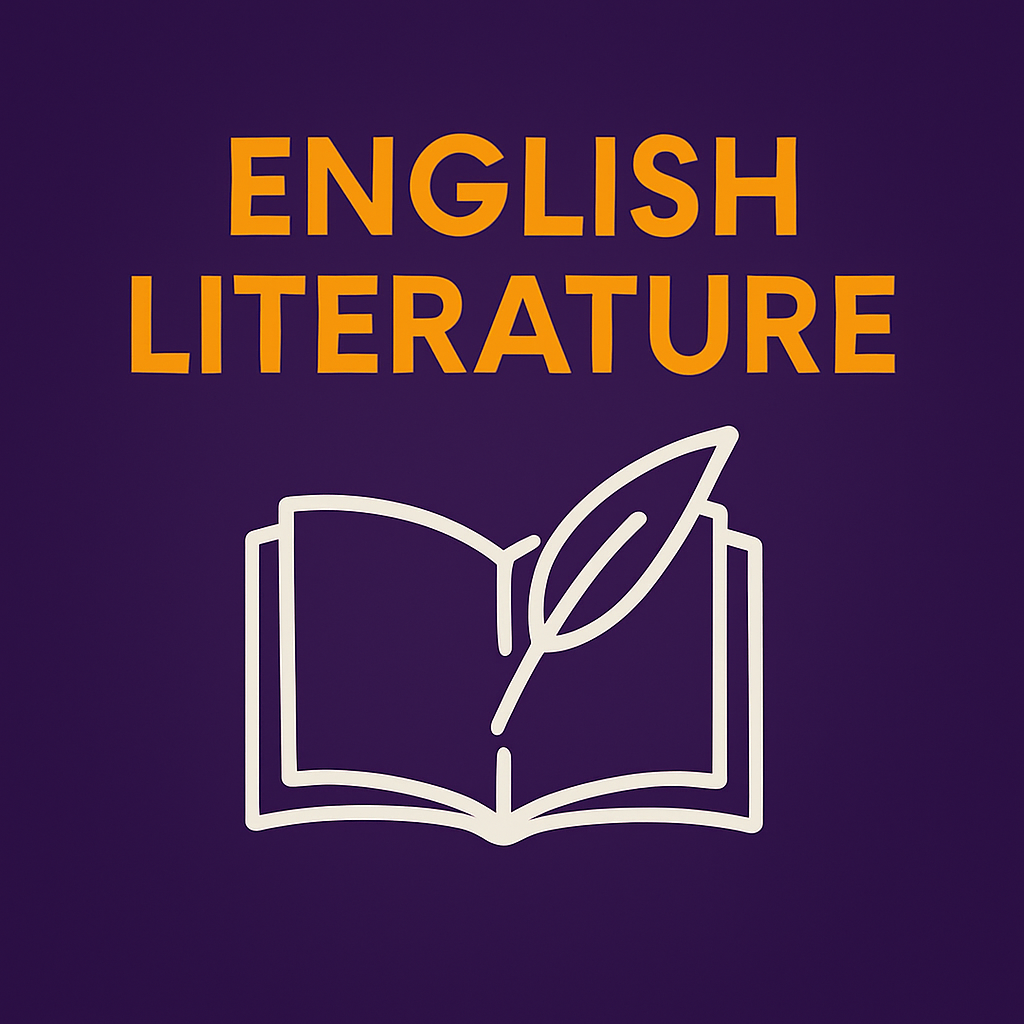Reading Time: 2 minutes
Table of Contents
ToggleExploring the Gothic Tradition
Introduction
The Gothic tradition in literature evokes fear, suspense, and the sublime, exploring humanity’s darker side. For A-Level English Literature, understanding the key themes and techniques of Gothic texts is essential for analysing classic and modern works.
This article will explore:
- Key themes in Gothic literature.
- Techniques used to create Gothic effects.
- Examples of classic and modern Gothic texts.
Key Themes in Gothic Literature
1.1 Fear and the Sublime
- The Gothic blends terror with awe, often through grand or eerie settings.
Example: The crumbling castles and wild landscapes in Frankenstein reflect the sublime.
1.2 Madness and Isolation
- Protagonists often face psychological torment and loneliness.
Example: In The Yellow Wallpaper, the narrator descends into madness due to isolation and oppression.
1.3 The Supernatural
- Ghosts, monsters, and unexplained phenomena heighten tension.
Example: The ghostly apparitions in The Turn of the Screw leave readers questioning reality.
1.4 Power and Oppression
- Gothic literature frequently critiques societal hierarchies.
Example: The vampiric aristocracy in Dracula embodies fears of exploitation.
Techniques Used to Create Gothic Effects
2.1 Setting
- Desolate locations like graveyards, abandoned mansions, and moors.
Example: Wuthering Heights’ windswept landscapes create a sense of foreboding.
2.2 Symbolism
- Gothic symbols include blood, darkness, and decaying structures.
Example: The portrait in The Picture of Dorian Gray symbolises moral decay.
2.3 Unreliable Narrators
- Creates ambiguity and suspense.
Example: In Rebecca, the second Mrs. de Winter’s perspective is shaped by insecurity.
2.4 Imagery
- Vivid descriptions enhance the eerie atmosphere.
Example: In Jane Eyre, the “red room” is described with oppressive and unsettling imagery.
Examples of Gothic Texts
Classic Gothic Texts
- Frankenstein by Mary Shelley.
- Dracula by Bram Stoker.
- Wuthering Heights by Emily Brontë.
Modern Gothic Texts
- The Bloody Chamber by Angela Carter.
- Rebecca by Daphne du Maurier.
- Beloved by Toni Morrison.
Tips for Writing About Gothic Literature
- Focus on Themes and Techniques: Highlight how specific elements contribute to the Gothic mood.
- Include Context: Discuss the cultural and historical backdrop of the text.
- Compare Classic and Modern Works: Show how Gothic conventions evolve over time.
Conclusion
The Gothic tradition offers rich opportunities for analysis, blending fear, suspense, and societal critique. By exploring key themes, techniques, and examples, A-Level English Literature students can craft insightful and compelling essays.

Skinat Tuition | Your Pathway to Academic Success on a Global Scale.



